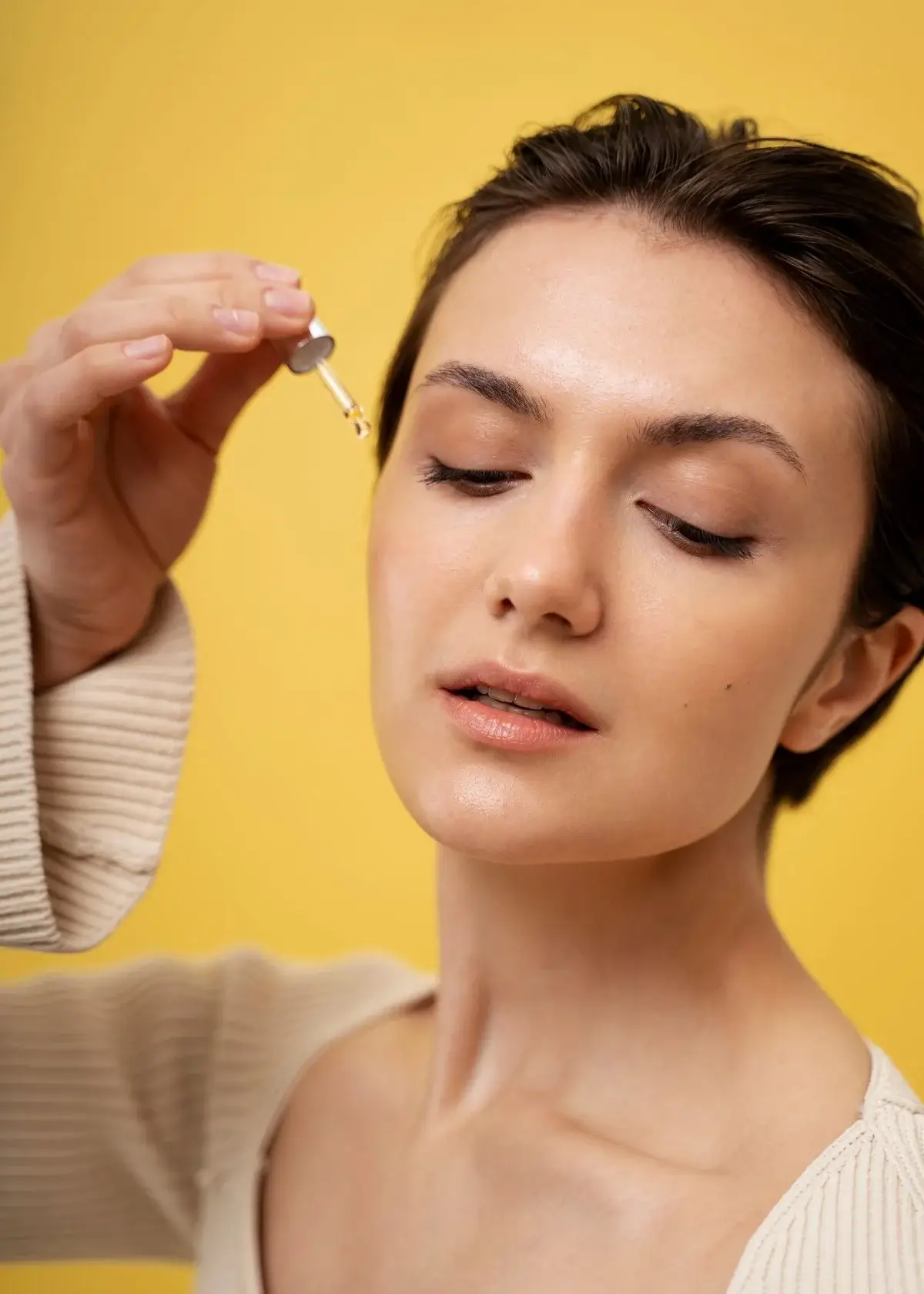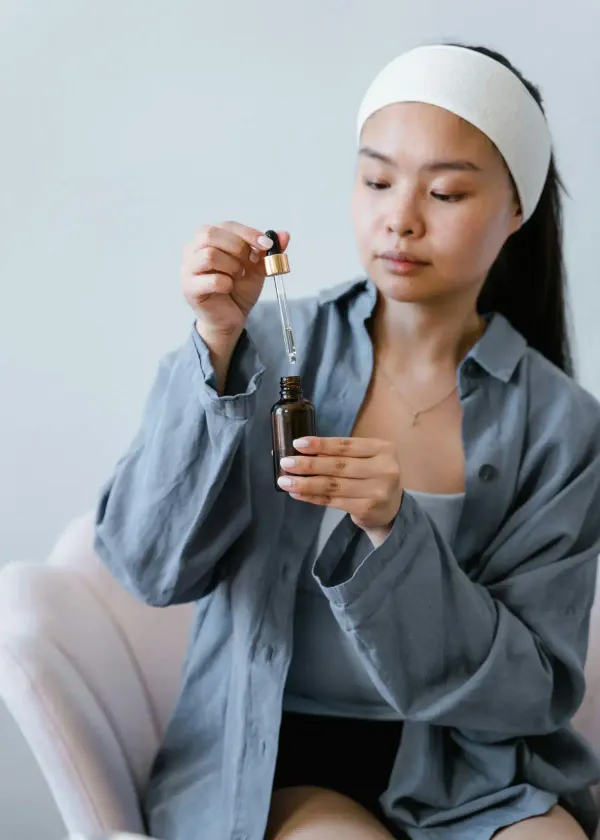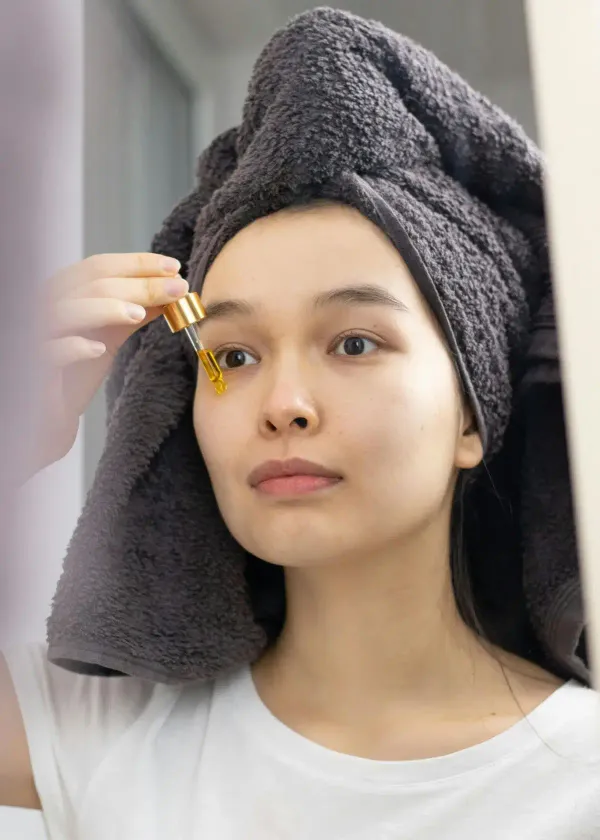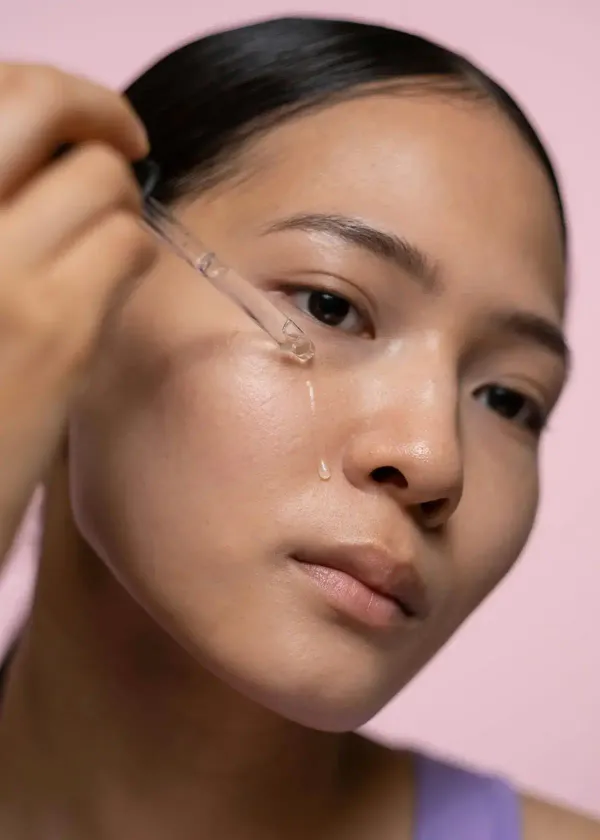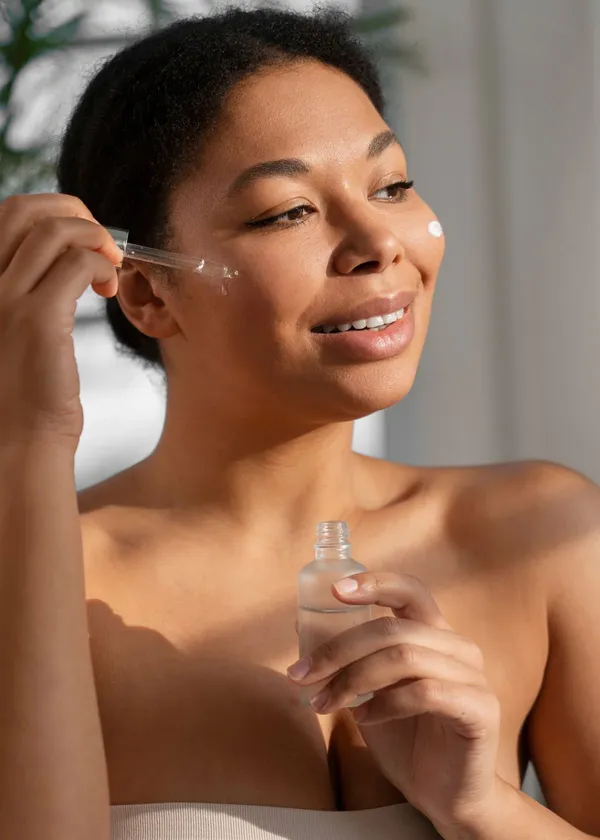If you love to keep up with the latest skincare trends, you are probably aware of the hype around hyaluronic acid serum. Everyone is raving about this fantastic product's benefits, from social media influencers to beauty magazines. But what exactly is hyaluronic acid serum, and how does it work? This article will explore the science behind hyaluronic acid serum and why it should be a staple in your skincare routine.
What is Hyaluronic Acid, and How Does It Work?
Hyaluronic acid is a natural component found in our skin, joints, and eyes. It plays a crucial role in maintaining hydration levels and promoting tissue repair. When we are young, our body produces ample hyaluronic acid, giving us plump and radiant skin. However, as we age, the production of hyaluronic acid decreases, resulting in the formation of fine lines, wrinkles, and dry skin.
The hyaluronic acid serum works by replenishing the lost hyaluronic acid in our skin, providing deep hydration and improving our skin's overall texture and appearance. The serum contains molecules that can hold up to 1000 times their weight in water, making it an incredibly effective moisturizer.
How Does Hyaluronic Acid Serum Benefit Your Skin?
The benefits of hyaluronic acid serum are vast, and it is suitable for all skin types. Here are some of the ways hyaluronic acid serum can benefit your skin:
Provides Intense Hydration – Hyaluronic acid serum penetrates deep into the layers of your skin, providing long-lasting hydration without leaving a greasy residue.
Reduces Fine Lines and Wrinkles – By boosting collagen production, hyaluronic acid serum helps reduce the appearance of fine lines and wrinkles.
Improves Skin Texture – Hyaluronic acid serum helps to promote skin cell regeneration, resulting in a smoother and more even skin texture.
Enhances Skin Elasticity – By stimulating the production of elastin fibers, hyaluronic acid serum improves skin elasticity and firmness.
Fights Free Radicals – Hyaluronic acid serum contains antioxidants that protect your skin from damage caused by free radicals, which can lead to premature aging.
How to Use Hyaluronic Acid Serum?
The hyaluronic acid serum is a versatile product that can be incorporated into any skincare routine. Here is how you can use hyaluronic acid serum:
Apply to Clean Skin – To ensure maximum absorption, apply hyaluronic acid serum to clean damp skin.
Use as a Moisturizer – Hyaluronic acid serum can be used as a standalone moisturizer or applied under your favorite moisturizer for added hydration.
Combine with Other Serums – You can combine hyaluronic acid serum with other serums, such as vitamin C or retinol, for added benefits.
Apply Morning and Night – For best results, apply hyaluronic acid serum morning and night.
Which Hyaluronic Acid Serum Should You Choose?
With so many hyaluronic acid serums available in the market, it can be challenging to choose the right one. When selecting a hyaluronic acid serum, look for a product with a high concentration of hyaluronic acid and no harmful additives such as parabens or sulfates. Besides, opt for a product that is compatible with your skin type.
The hyaluronic acid serum is a powerful skincare ingredient that can transform your skin. Its ability to hydrate, plump, and smooth your skin makes it an essential addition to your routine. By understanding how hyaluronic acid serum works and its benefits, you can decide on the right product for you. Start incorporating a hyaluronic acid serum into your skincare routine today, and experience the magic for yourself!
Everyone wants to have healthy and radiant skin, but choosing the right products can be overwhelming. After extensive research, we've found the best hyaluronic acid serum to achieve the desired results. This serum is formulated to deliver intense hydration that plumps and fills fine lines, leaving your skin looking and feeling fabulous. But don't just take our word for it; click the link and try it out for yourself. You'll be amazed at how quickly this serum will become your new favorite. Say goodbye to dry and dull skin and hello to a younger-looking complexion. Don't wait; follow the link now and see the results for yourself.
What should I do if I experience irritation after applying hyaluronic acid serum?
If you encounter skin irritation, such as redness, itching, or a burning sensation following the application of hyaluronic acid serum, it is imperative to take prompt action. Firstly, discontinue the use of the product immediately. Irritation can result from overuse or inherent skin sensitivity. Hence, a patch review on a small skin area is crucial before applying the serum to your face. Besides, ensure that you are not combining the serum with other skincare products that may be too harsh for your skin.
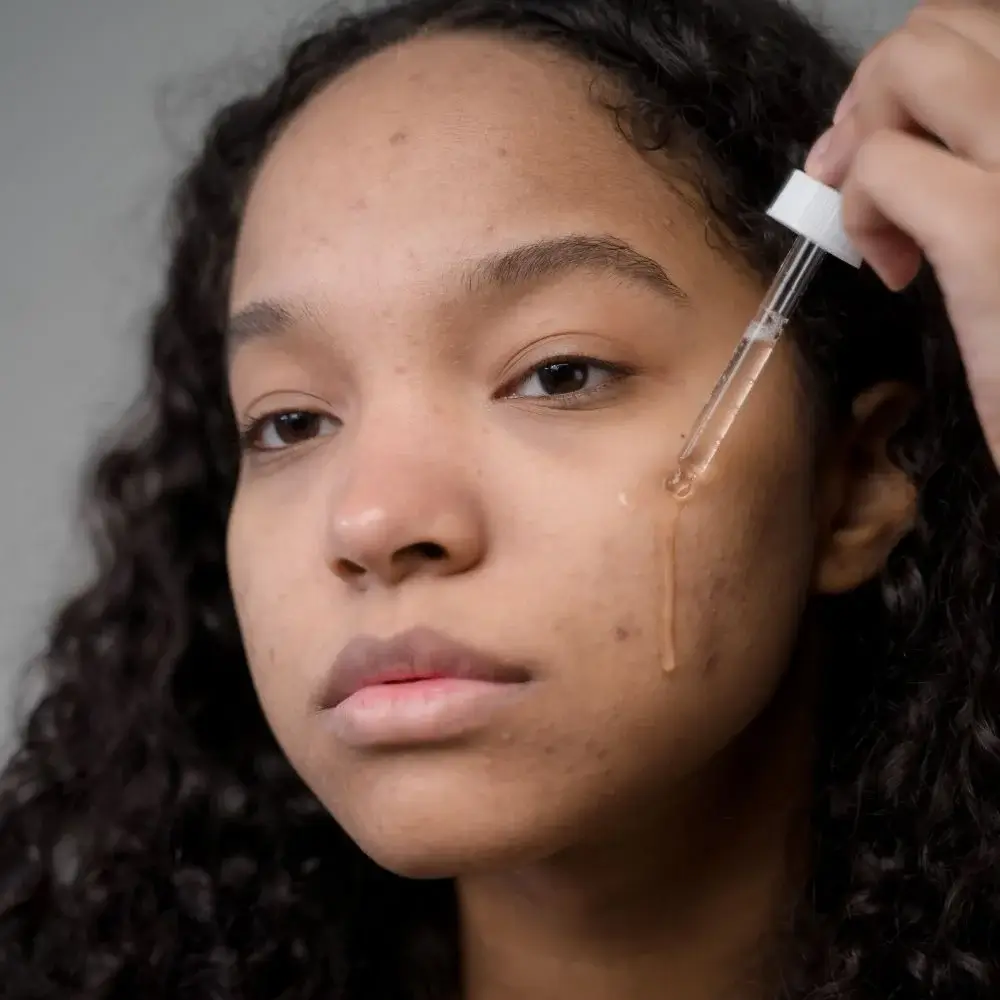
What is the shelf life of hyaluronic acid serum?
The shelf life of hyaluronic acid serum varies depending on the brand and formulation, but it typically falls within 12 to 24 months. To ensure that the serum remains effective throughout its entire shelf life, it is essential to store it correctly. This involves keeping it in an excellent, dark location away from direct sunlight and extreme temperatures. Always take note of the specific expiration dates mentioned on the product's packaging and meticulously adhere to the manufacturer's guidelines concerning storage and usage for optimal results.

What are some natural sources of hyaluronic acid for the skin?
While hyaluronic acid is frequently included in skincare products, it can stimulate its production within your skin through dietary choices. Incorporating foods naturally rich in hyaluronic acid precursors can be highly beneficial. Such foods include leafy greens, bone broth, and soy-based products. Moreover, maintaining adequate hydration by drinking ample water is crucial to support your skin's natural hyaluronic acid levels. These dietary and hydration habits can contribute significantly to achieving healthier, more hydrated skin over an extended period.
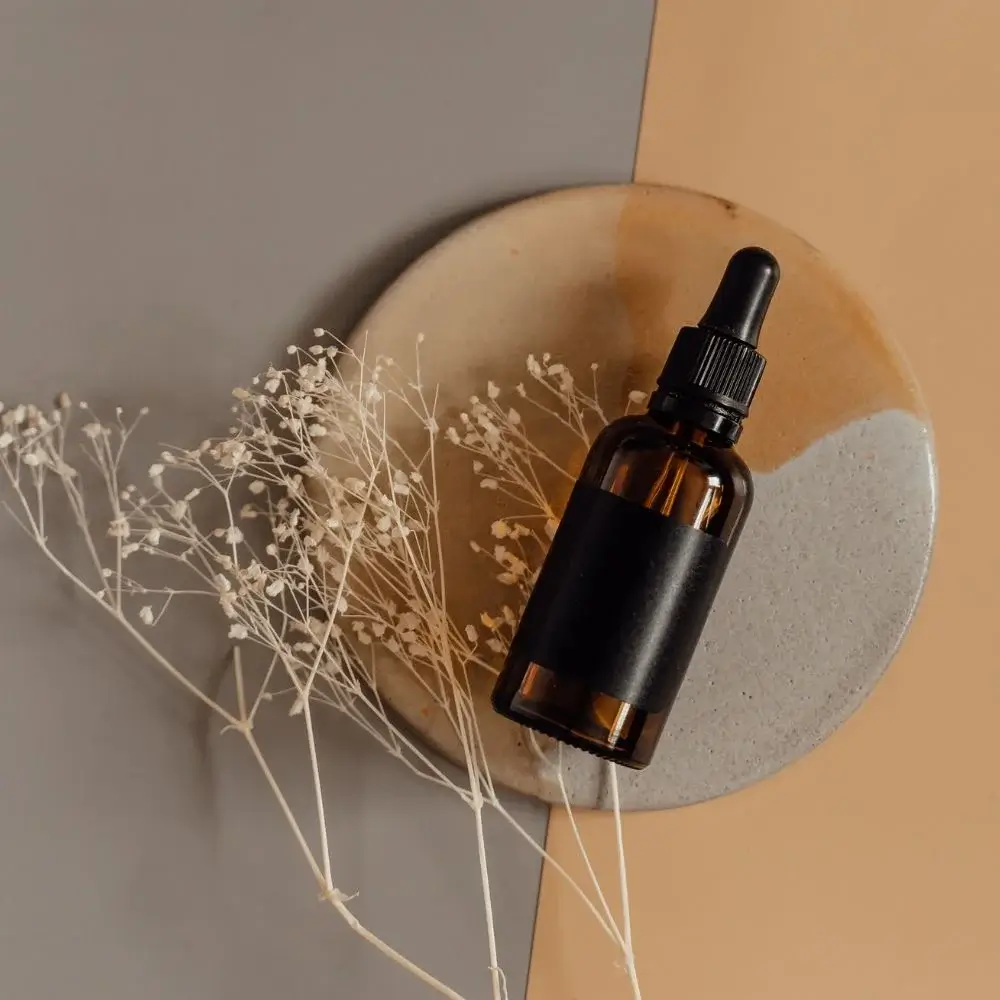
How can I layer hyaluronic acid serum with other serums and moisturizers?
Layering skincare products effectively is paramount to harnessing their full potential benefits. To maximize the efficacy of your hyaluronic acid serum, start by applying it to clean, slightly damp skin before proceeding with other serums or moisturizers. The moisture on your skin will facilitate the retention of hydration the serum provides. When layering multiple products, begin with those possessing lighter textures and gradually work your way up to heavier creams.

How do I remove hyaluronic acid serum from my skin to reapply it?
If you wish to reapply hyaluronic acid serum during the day while maintaining your skin's balance, executing this process without causing any disruption is vital. To eliminate the existing serum:
- Opt for a gentle cleansing method.
- Consider using a mild cleanser or micellar water to cleanse your face gently.
- Following cleansing, pat your skin dry gently with a clean, soft towel.
- Once your skin is dry, reapply the hyaluronic acid serum as needed.
It is advisable to avoid excessive rubbing or the use of harsh cleansers, as these actions may potentially irritate the skin or disturb its moisture equilibrium.
Should I expect any purging when starting to use a hyaluronic acid serum?
It is pertinent to note that purging is not typically associated with using hyaluronic acid serums. Purging is often linked to exfoliating products, such as retinoids or alpha hydroxy acids (AHAs), which can accelerate the skin's natural shedding process, leading to temporary breakouts. However, hyaluronic acid is primarily regarded as a hydrating ingredient rather than an exfoliant. Therefore, if you happen to experience breakouts or skin irritation after using a hyaluronic acid serum, it is more likely attributed to other factors, such as the product's compatibility with your skin or the presence of an underlying skin condition.


